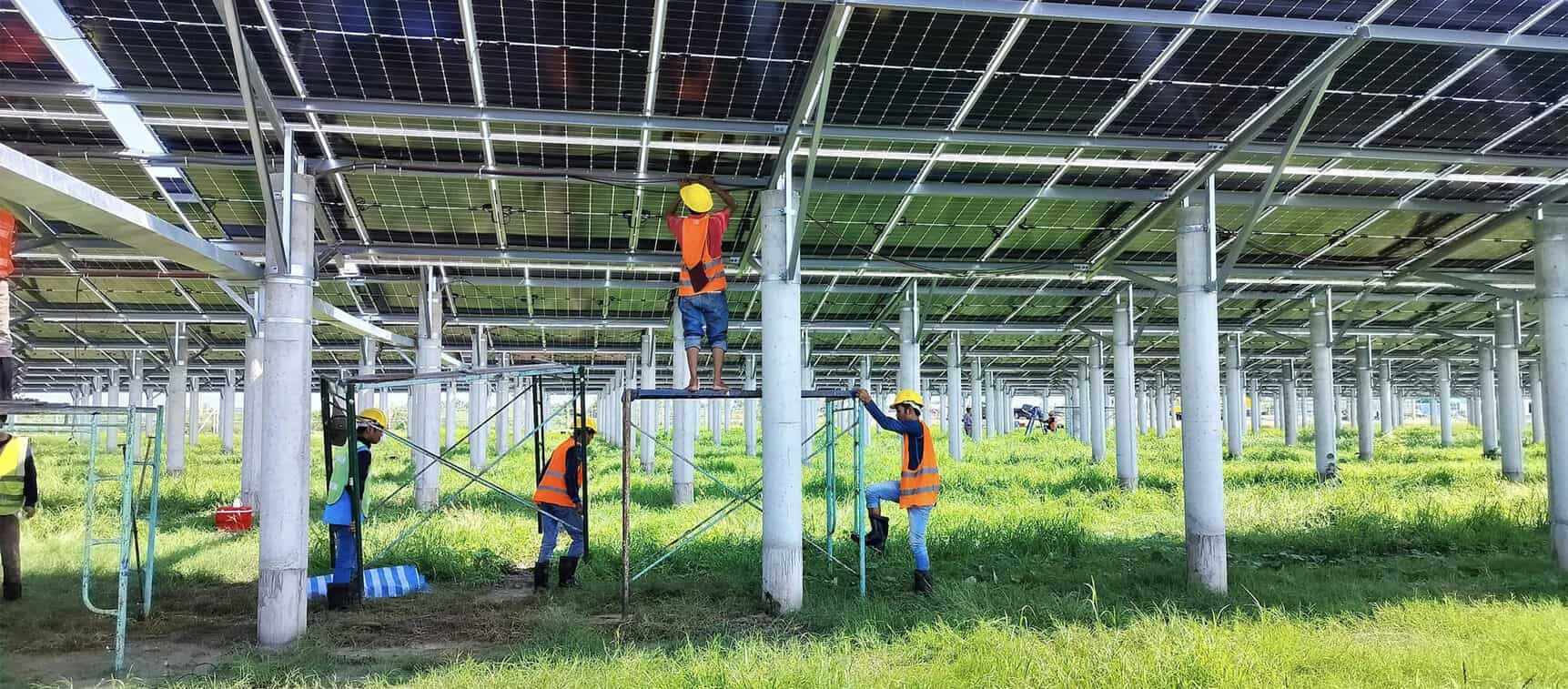Getting the Most out of Solar Panels
Nov 21, 2023
(If you’re thinking about going solar at your home or business, you want the biggest bang for your buck.)
Luckily, solar is cheaper than ever, thanks to the falling cost and rising efficiency of photovoltaic (PV) solar panels. But here’s something to consider: figuring out the real cost of solar energy is about more than just the price tag on the panels and their rated power output. For example, there’s the lifespan of the panels to take into account. And then there’s the system’s “solar energy yield” -- or how much electricity it will actually generate over the course of the year.
Solar panels are rated on efficiency and the power output under standard laboratory conditions. Of course, your solar energy system isn’t being installed in a lab. It’s going outside, where all kinds of things can change its actual solar energy yield. That’s why the Energy Department’s Solar Energy Technologies Office (SETO) is funding research into better, tougher modules that can last longer and generate more electricity in less-than-ideal conditions. Read on to learn about three ways the outside world can conspire to cut into your solar energy yield -- and how SETO-funded projects are working on solutions.
MAN, IT’S A HOT ONE
High temperatures reduce the voltage of a solar cell -- which, as you might guess, is a bad thing. Conventional rooftop solar modules can lose as much as 30 percent of their electricity output on hot summer days. Researchers at Arizona State University are trying to address this problem by improving the backsheet -- or bottom layer -- of a solar PV module, which serves as an electrical insulator and protects the module from moisture and other environmental damage. By studying backsheets with different heat-conducting properties, the team hopes to keep solar panels cooler and improve performance in hot weather.
DIRT DOES HURT
Another way panels lose power is simply that they get dirty. The effects of “soiling” (as it’s known in the solar industry) vary widely by location, but energy yield losses of 10 percent are not uncommon. Research on environmental conditions and panel maintenance procedures could help us better understand how and why panels lose power to dirt, which in turn could lead to better prediction of soiling from one solar energy system to another and more effective dirt-resistant treatments for PV module glass.
SHADY SITUATIONS
While heat and dirt reduce solar panels’ energy yield in a pretty straightforward way, shadows are a bit more complicated. In instances when a faint cloud goes over the solar module, the power levels are simply reduced. However, sometimes the light is completely or regularly blocked by a permanent structure -- like a utility pole that shades just one part of the module -- which can actually cause “hot spots” that can damage the module over time.